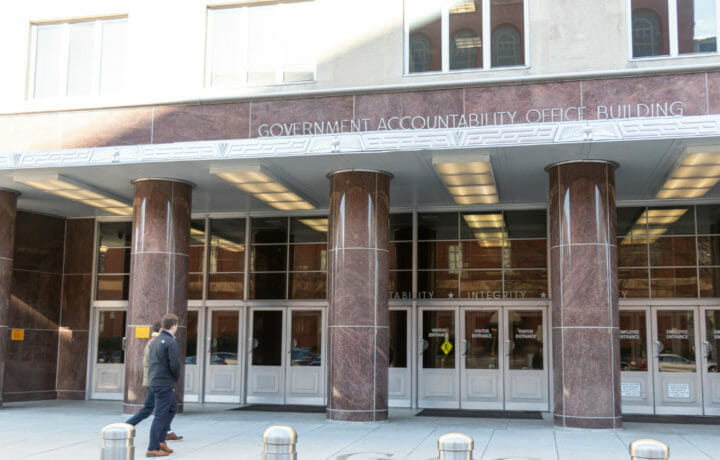The personnel security program has made significant progress in accomplishing its reform objectives, but it remains on the GAO’s high risk list as it seeks to make improvements that don’t just improve processing times and reduce the backlog (the aspect of reform that has seen improvement), but creates quality metrics and launches technological enablement to modernize the clearance process.
Anyone applying for a security clearance today is generally surprised by the very arcane look and feel of the process. A key reason why modernization has stalled has been the delays in implementing the government’s National Background Investigations Services (NBIS). By this point, eQIP was supposed to be replaced by eApp – a more responsive – save-able! – form-field friendly form. But like other aspects of the clearance process requiring technology, eApp remains a pilot program, a security clearance Patronus that exists as a shadow, a PowerPoint briefing, but not a process reality.
That’s why NBIS is at the core of a recent report released by the GAO. ClearanceJobs recently sat down with Brian Mazanec, director of GAO’s defense capabilities and management team.
“NBIS is the lynchpin to driving home the reform that’s underway, particularly going forward,” said Mazanec. “It is in place to enable the transformation.”
Mazanec noted that aspects of NBIS are operational today, but NBIS has been plagued with delays that resulted in a re-baselining in 2020. Even that updated schedule appears unreliable today, however, and a recent GAO report recommended updating it.
GAO’s focus is on government programs, but it takes industry input into consideration, including meeting with security professionals in the defense industrial base about issues from the Defense Information System for Security to Continuous Evaluation implementation.
Is Continuous Evaluation Successful?
The GAO report noted the success in implementing CE to-date, but notes the need to identify a performance metric to determine if the program itself is accomplishing what it’s intended to. In addition to that, the GAO recommends DCSA create a strategic workforce plan to see how the current policy changes – including CE and the elimination of periodic reinvestigations – will affect the DCSA workforce.
NBIS implementation will also impact the security clearance workforce and how DCSA’s employees will do their job. One of eApp’s many improvements should be to the quality and completeness of a security clearance application. Case management is another aspect of the reform effort. And moving forward with the next stages of Continuous Vetting (CV) also require the improvements and tech enablement NBIS promises to make. To say that NBIS is the lynchpin of the next stage of clearance reform isn’t an understatement, and will be critical to improving the clearance process.




